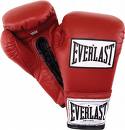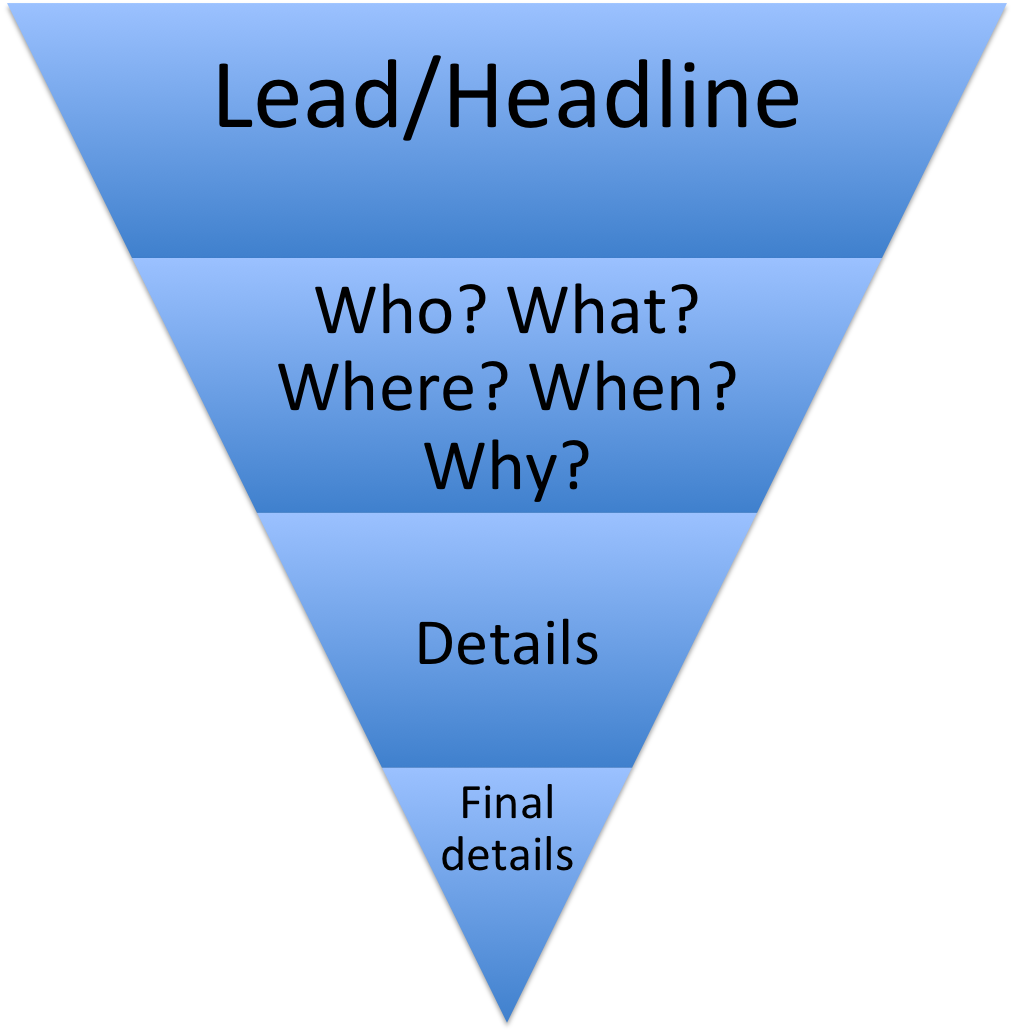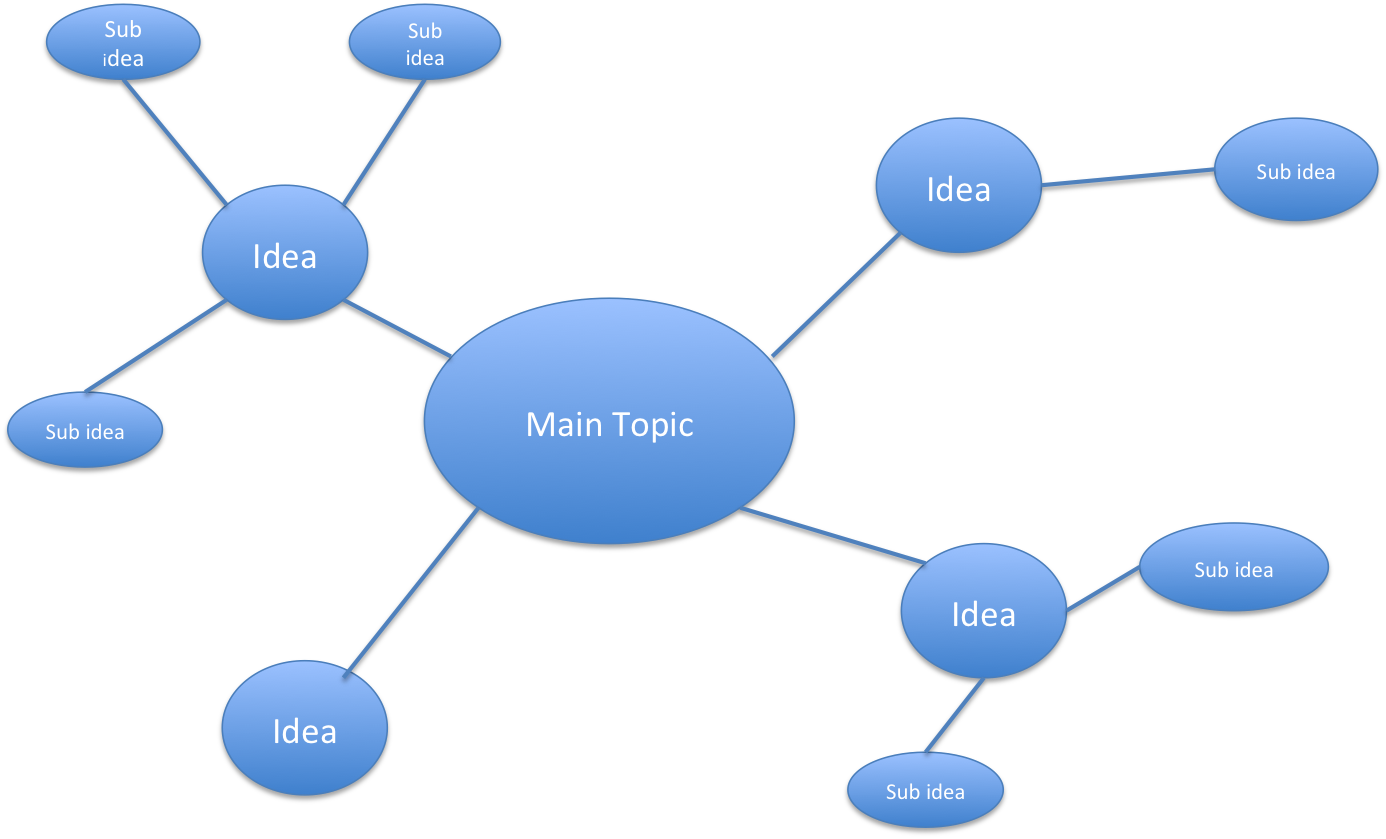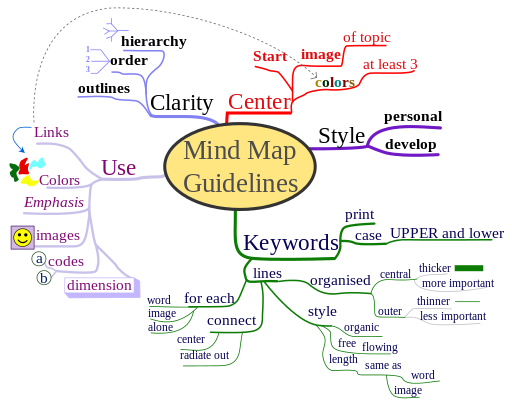Entries Tagged 'Content writer' ↓
February 19th, 2014 — Content marketing, Content writer

Before I answer that, I want you to think about content.
What is it?
Well, as far as I can tell there are 2 types:
- Sales content – website copy, brochure content, emails etc.
- Marketing content – blogs, articles, case studies etc.
Vastly different?
Not really, but that doesn’t stop most people from deciding one is worth investing in and the other isn’t.
It’s a given that your website copy, brochure content, email marketing etc., should be professionally written because they are key to converting readers into customers.
Most companies see that as a worthwhile investment, but when it comes to content generation things seem to change.
You already know that to be an effective online marketer you need to produce content regularly.
What you may not know is that content must be what your customers want to read. So we’re not talking about press releases that talk about your latest achievements, plugs for your latest product or service thinly disguised as blog posts, or self-serving social media updates.
Peanuts don’t make prizes
The cheapest way to get a continuous supply of content for your business is to create it in-house.
That’s great if you happen to have some very talented writers on your payroll. But not every company has that resource.
There are companies out there that will generate loads of content for you for peanuts.
Result!
Only if you want generic, low quality articles that won’t enhance your reputation.
“But I only need it for the search engines.”
If that’s your attitude, you’ve missed the point of content marketing completely.
Today, marketing isn’t about “hey, this is what we sell, this is how to get in touch with us, so buy, buy, buy.”
Now your customers want more; they want to build a relationship with you, get to know you and feel as though they can trust you. They want to talk to you, engage with you and have a bit of banter.
That’s right – marketing is now a two way street.
The blogs and articles that you once thought unimportant (because they’re just for the search engines) are hugely important. They are what make or break your brand’s reputation.
If you publish low quality generic articles, people won’t become engaged with your brand so they won’t buy.
But if you publish high quality content that’s useful, they’ll lap it up.
You see, content is content whichever way you look at it. If you pay peanuts for it, it will fail.
Author: Sally Ormond – Briar Copywriting
January 20th, 2014 — Content marketing, Content writer, conversion
You must get into content marketing. It’s all the rage. Everyone’s doing it.
How many times have you read a blog post that sells the virtues of content marketing?
However, more often than not, they gloss over one particular aspect – what type of content you need.
You see, content isn’t just this (i.e. a written blog post); it can also be video, podcast, images, infographics etc.
Of course, the type of content you need depends on what you want to achieve (the format of it will largely depend on your audience).
You’re probably after more traffic to your website, which is another way of saying more money.

Emotional or rational?
Content boils down to two types: emotional and rational.
They will appeal to different people; some make decisions based on emotional responses, others on logical and rational foundations.
In that way, your content must be a mix of the following 4 types.
1. Something that entertains
Before you can sell to someone, you must get them interested in your company.
Entertaining content (for example, an amusing video) hits them at an emotional level. It intrigues them and makes them aware of your business. This is the type of content you need right at the top of your sales funnel.
Its purpose is to grab their interest and to engage them enough to make them want to share it so it can then do the same to others. It’s fantastic for building brand awareness and social sharing.
2. Education, education, education
Not as much fun as entertaining, but equally effective.
People love to learn, so putting out some content that educates them will a) appeal to their rational side and b) make them feel valued because you’ve taught them something valuable i.e. you’ve given them something for nothing.
Again, by giving them that warm and fuzzy feeling, it’s more likely to be shared. As before, educational content works at the top of your sales funnel and is a great way to start building valuable and trusting relationships.
3. Go on, you know you want to
The next type in the mix is content that persuades – yes, that’s right, back to emotional content. Tugging at their heartstrings will persuade them that what you’re offering is exactly what they need.
Testimonials and reviews are great for this because they give compelling reasons to buy without selling. Plus, you’re not the one telling them how great your product is, other customers are doing that for you.
Persuasion content comes in a little further along your sales funnel once your entertaining and educational content has done its job.
4. Convert
The final part of your sales funnel, converting content does what it says on the tin – it’s there to convert browsers to buyers.
This type of content must appeal to their rational side. They have to be convinced that buying your product is the right move because it will help them achieve what they want.
It’s essential that your content marketing covers all bases: video, blogs and articles and images to give it the widest appeal possible. But on top of that, it must also speak to both the emotional and rational sides of our brains.
Content is essential throughout the whole sales process from attraction right through to getting the sale. It can be web copy, brochure content, email marketing, videos, podcasts, direct mail…the list is endless. But whatever it is, it must cater for all types of customers – both the rational and emotional.
Author: Sally Ormond
November 18th, 2013 — Content marketing, Content writer
Just because your online marketing strategy demands content, it doesn’t mean any old thing will do. And definitely not something that was out sourced to a far-flung part of the world for a couple of dollars.
When marketing your business online you must think like a big brand.
If you don’t take yourself seriously, no one else will.
The content you produce must be interesting, well written, and relevant to your audience and it must offer them something – a nugget of information they can take away with them. Basically, if they haven’t learnt something from reading it, there was no point writing it in the first place.
What makes content valuable?
I’ve pretty much already summed it up, but as far as your online marketing goes and the effect your content has on your overall strategy, it must be:
- Findable
- Readable
- Understandable
- Actionable
- Shareable
Let me explain.
Findable
If people can’t find your content, they can’t read it.
Your content should contain an H1 tag headline and at least a couple of H2s (one small caveat here though, as you know Google is always moving the goal posts, so although this is a basic requirement now, its importance may change in the future).
All the images you use should have Alt tags and it should be written with your keywords in mind. That doesn’t mean cramming as many as possible within the content. Oh, and by the way, if anyone tries to tell you keyword density is important, do me a favour and punch him or her very hard.
Writing in a natural, conversational style is essential.
Readable
Don’t write your article as one long block of text.
It looks horrible and people won’t want to read it.
If you want people to give up their valuable time to read your words of wisdom you must write it in an appealing way:
- Lots of white space
- Short paragraphs
- Simple language (put your thesaurus away)
- Bullet points and numbered lists
Understandable
As far as I’m concerned, it doesn’t matter a jot about how educated your audience is, always write using simple language and a simple structure.
Forget trying to shoe horn in your latest favourite multi syllabled word, it will not make you sound impressive. You’ll just come across as trying too hard, or being ignorant because, let’s face it, anyone can throw big words at people (in the vain hope they’ve got the context right), but few people are able to explain concepts and ideas in simple terms.
Talking of which, avoid jargon and industry-speak (especially really annoying marketing jargon), it’s not big, it’s not clever and it makes you sound like a complete ******* (insert your own favourite uncomplimentary term).
Actionable
The idea about generating content is to build relationships with your readers.
If you just keep posting stuff, the only thing you’re developing is a one-way conversation. So, if you want people to interact with you, you’ve got to ask them to.
Just like your website copy has calls to action, your articles and blogs should also have an actionable request. It could be asking them to sign up to your newsletter, a link to relevant content on your website, an invitation to share, or asking for their opinion by leaving a comment.
Shareable
If you want people to interact with you and share your content, you’ve got to give them a reason.
Write something that your readers can relate to on a personal level, so they can pass it on to friends and colleagues.
Make sure you include all the usual social sharing links to make it easy for them and ask them to share it for you (if you don’t ask you don’t get).
I can see you nodding your head – nothing here is new, but it should be common sense.
I say ‘should’ because it obviously isn’t considering some of the content I’ve read online.
Hiring a copywriter isn’t essential (wow, that hurt), especially if you don’t want your business to be taken seriously. But working with someone who understands online content demands will give you a huge advantage.
So if you want to be seen as a trustworthy, reputable company that cares about its customers you know what you should do.
October 28th, 2013 — Content marketing, Content writer
You’re probably expecting me to now tell you there is one perfect method you can use that will guarantee excellent copy every time.
You’re going to be disappointed.
The truth is there is no single way to plan.
Inverted triangle
This method is great for news articles and press releases.
It ensures the most important information is at the top (beginning of the article) and the least important at the bottom. That way, the reader gets the vital stuff straight away, so should they wander off, they’ve learnt what they needed to know.

Spider diagram
Starting with a central idea, you can use these diagrams to help structure an argument or piece of content.
They are very structured and give a visual representation of how your writing will take shape. By giving it focus in this way, you can organise your information to group like subjects together. Ideal when planning a brochure, web copy or case study.

Mind mapping
A mind map is a creative and logical way of planning out your ideas.
Starting with a central topic, mind maps grow organically, helping you plan your ideas to create coherent themes. From these themes, information of lesser importance is presented as ‘twigs’ on each relevant theme ‘branch’.
Unlike the spider diagram, mind maps tend to be colourful and a mixture of text, images and symbols and can be less ‘organised’.

(Image courtesy of Nicoguaro)
These are just 3 examples of different planning techniques that you can use. Finding the one that suits you and the project you’re working on comes down top personal preference.
One thing is for use though, whatever you’re working on, it’s essential you plan it out before your start writing if you want a coherent and well-structured result.
Over to you
Do you use one or more of these methods, or have you devised one of your own?
Does your planning method depend on the nature of the project you’re working on?
Leave a comment below.
August 7th, 2013 — blogging, Content marketing, Content writer

It’s every blogger’s and content writer’s worst nightmare.
It’s something that happens far more frequently that they would like.
What is it?
A blank mind.
They know they have to generate great content quickly to satisfy the insatiable appetite of their readers, but sometimes, just sometimes, the ideas simply won’t come.
Why does this happen?
Probably because of poor writing techniques:
- Sitting in front of a blank screen in the hope that inspiration will strike
- Writing well to start with and then heading off in a long-winded tangent that ends up being deleted, returning them to the blank screen stage
- Constantly distracted by their Twitter feed, Facebook and emails
- Editing and formatting as they write
This doesn’t make them bad writers, far from it, but they are distractions that can seriously block creative flow.
Here’s how you can get around the problem.
1. Ideas
Most writers are at their height of creativity first thing in the morning, before their brains get clogged with client work.
That’s the time to sit down with pen and paper and brainstorm ideas. Think about what’s happened that week, conversations you’ve had with clients, articles you’ve read in the papers or news stories you’ve seen on the TV. Draw from everything you can think of and come up with a list of title/outlines for your articles.
2. Choose and plan
Once you have your list, pick the one that really jumps out at you.
But, before you start hammering the keyboard, take 10 minutes or so to write a plan. Whether it’s a list of points you want to cover, a mind map to help you visualise the way the piece will be structured or a general outline, this will help you keep focused and your writing on track.
3. Silence
Once you have your plan, you’re almost ready to get started.
Before you start typing though, switch off Twitter, log out of Facebook and close down your mail client.
It’s essential nothing distracts you so you ideas can flow freely.
4. Check
Once you have your first draft, read through it, refine it and check it for typos and grammatical errors.
But only when you have a first draft – checking as you write will stifle your workflow and clog up your creativity.
Plus, make sure you set the first draft aside for a while before you edit it.
5. Format
Now your article is written and you’re happy that it’s error free, you can go back and format it. Add in any bold headings you want, italics and hyperlinks. And make sure your paragraphs are flowing, short and easy to read.
These 5 simple steps will help you avoid wasting hours sat in front of a blank screen.
Keeping a pen and paper with you at all times will help you record ideas as they come to you (you can also record voice memos on your phone), so you’ll always have a supply of great content ideas.
Give it a try and see how you get on.
Author: Sally Ormond, Copywriter and MD at Briar Copywriting Ltd. Follow her on Twitter and Google+












